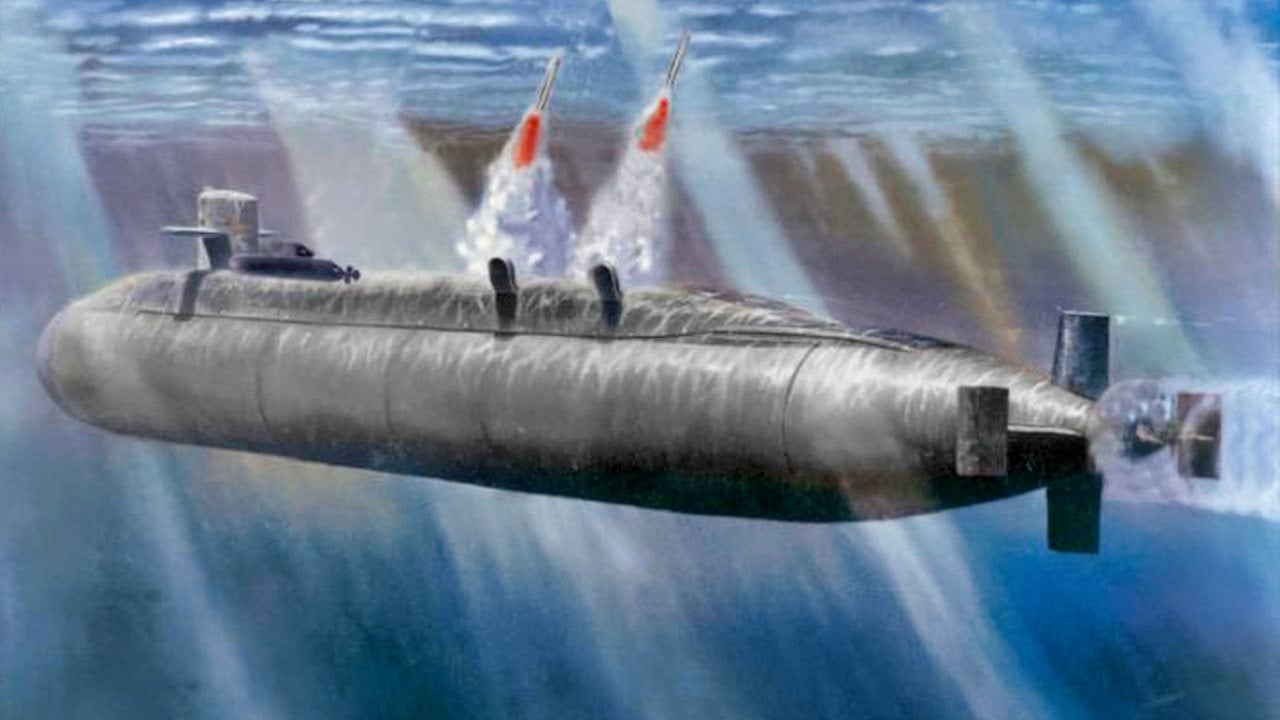Summary and Key Points: The U.S. Navy faces a looming missile capability crisis with the retirement of Ohio-class submarines and Ticonderoga-class cruisers, which together provide over 2,000 Vertical Launch System (VLS) cells for Tomahawk and other missiles.
-These ships’ retirements by 2027 raise concerns over the Navy’s long-range strike capacity, especially in the Indo-Pacific.
-While the Navy plans replacements, including Virginia Payload Modules and unmanned systems, there’s still uncertainty if they’ll match the lost capability in time.
-Ensuring continued missile superiority will be crucial for U.S. strategic deterrence and military readiness as tensions rise globally, highlighting an urgent need for timely investment and action.
The Great Tomahawk Cruise Missile Crisis Is Getting Started Now
In 1994, following the collapse of the Soviet Union and the end of Cold War hostilities, the Nuclear Posture Review deemed the United States Navy’s previous plan overkill: rather than 18 Guided Missile Submarines, or SSGNs, the Navy needed instead 14 in order to meet strategic needs.
The Navy decided, therefore, to reequip four Ohio-class submarines into conventional land attack submarines and equip them with a vast arsenal of Tomahawk missiles.
Each of the four reconfigured submarines boasted incredible offensive capabilities: 154 Tomahawk cruise missiles.
Here’s how the U.S. Navy explained what that afforded:
“Combined, the four SSGNs represent more than half of the Submarine Force’s vertical launch payload capacity with each SSGN capable of carrying up to 154 Tomahawk land-attack cruise missiles. The missiles are loaded in seven-shot Multiple-All-Up-Round Canisters (MACs) in up to 22 missile tubes.”
“These missile tubes can also accommodate additional stowage canisters for SOF equipment, food, and other consumables to extend the submarines’ ability to remain forward deployed in support of combatant commanders’ tasking. The missile tubes are also able to accommodate future payloads such as new types of missiles, unmanned aerial vehicles, and unmanned undersea vehicles.”
Despite their considerable offensive strike capabilities, the Ohio class is slated for retirement from 2026 to 2027.
Vertical Launching System
The U.S. Navy gives a helpful overview of its Vertical Launching System or VLS system:
“The MK 41 Vertical Launching System (VLS) is a fixed, vertical, multi-missile storage and firing system that allows Navy vessels to significantly increase their rate of fire. Since the missile is launched vertically and then turns toward its target, there is no need for the launcher to be aimed at the target or for the ship to maneuver prior to launch. The VLS system also eliminates the time that was required for rail launchers to be “re-loaded” for a follow on launch.”
“VLS currently supports missiles such as Tomahawk, Standard Missile (BLIII, BL IV & SM3), Vertical Launch ASROC, and Evolved SeaSparrow Missile. The VLS will also support the advanced Standard Missile (SM-6) that is currently being tested.”
Ticonderoga-class Problems
It’s not just the Ohio-class, though, either — the U.S. Navy’s Ticonderoga-class is slated for complete retirement in 2027, which would also take the VLS capability they possess offline. They have fewer VLS cells per ship than the Ohios — 122 to 154.
“That gives a total of 1,464 VLS cells for the cruisers and 616 VLS cells for the SSGNs for a combined total of 2,080 VLS cells,” Naval News explains.
“The SSGN’s VLS cells are used for launching Tomahawk cruise missiles whereas the cruisers’ VLS cells can launch Standard and Evolved Sea Sparrow surface-to-air missiles, anti-submarine rockets (ASROC), and Tomahawk land attack cruise missiles.”
Tomahawk Missile Shortage?
When posed a question by Naval News, Vice Admiral James Pitts, Deputy Chief of Naval Operations for Warfighting Requirements and Capabilities, if he is concerned about the potential Tomahawk shortage — indeed, a VLS shortage — the Vice Admiral said the following:
“In the near term, I will tell you that we have plenty of VLS cells for the Tomahawk missiles that we have in inventory…both on the surface and under the sea. But I readily admit we are losing some significant capability when we decommission our SSGNs in the coming years. And we’re exploring options to what some follow-on capability may or may not be.”
“And as you pointed out, in the interim, the replacement capability is building the Virginia Payload Module for the Virginia-class submarines. And we’ll build a number of them to help mitigate the loss of the SSGNs.”
“And on the surface side, we’re continually looking and exploring our family of unmanned systems on the surface side from small all the way up to large and how the payloads that we put in each and every one of them may contribute to replacing or providing some additional VLS capability. But in the near term, we have enough VLS cells for the munitions that we have in inventory.”
The most up-to-date long-range ship-building plan of the United States Navy is available here.
About the Author: Caleb Larson
Caleb Larson is an American multiformat journalist based in Berlin, Germany. His work covers the intersection of conflict and society, focusing on American foreign policy and European security. He has reported from Germany, Russia, and the United States. Most recently, he covered the war in Ukraine, reporting extensively on the war’s shifting battle lines from Donbas and writing on the war’s civilian and humanitarian toll. Previously, he worked as a Defense Reporter for POLITICO Europe. You can follow his latest work on X.

